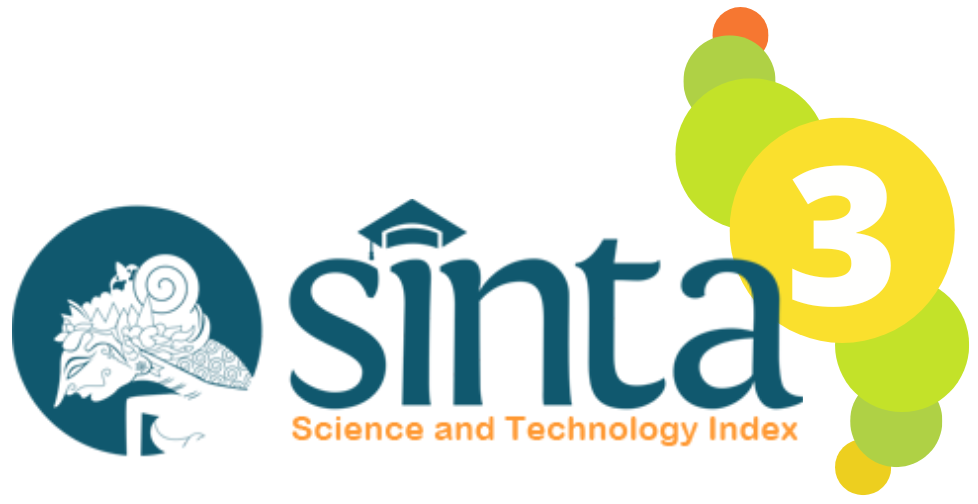Mode Choice and Spatial Distribution of Coal Transport in Jambi, Indonesia
DOI:
https://doi.org/10.21831/inersia.v21i1.64336Keywords:
Generalized cost, Mode choice, Multinomial logit, SpatialAbstract
Coal is an important commodity for Jambi Province. Based on data from the Central Bureau of Statistics, in the first quarter of 2022, the value of coal exports reached 10.75% of the total export value. Apart from being exported, coal commodity is also used for domestic purposes. The transport used at this time is only through public roads. The use of these routes results in many problems such as traffic accidents, congestion, and social conflicts. Therefore, the number of vehicles allowed to pass on public roads is limited. This has resulted in the production target plan not being achieved, only 17.3 million tonnes out of 40 million tonnes in 2022. Hence the need for other routes for transport such as rivers, special roads, and railways. This research is intended to analyse coal transport trips using trucks, barges and railways. This research discusses the closest route, mode selection, and transport costs based on the distance travelled and the travel time of each mode. The search for the closest travel route is done by spatial analysis with Network Analyst on ArcGIS. Mode choice was analysed using the multinomial logit method. Meanwhile, transport costs are calculated based on the principle of generalised cost. Modelling results on the selection of mode, during the rainy season the most efficient mode is barging with a selected probability of 44%, while rail 28% and transport by truck 27%. During the dry season, the probability of transport by railway is 93%, barge 4% and truck 3%. The results indicate that the most efficient mode during the rainy season is barging and during the dry season transport by railway.
References
[1] M. Beuthe, B. Jourquin, J. F. Geerts, and C. Koul À Ndjang’Ha, Freight transportation demand elasticities: a geographic multimodal transportation network analysis, Transportation Research Part E: Logistics and Transportation Review, vol. 37, no. 4, pp. 253–266, 2001.
[2] J. Binsuwadan, G. De Jong, R. Batley, and P. Wheat, The value of travel time savings in freight transport: a meta-analysis, Transportation, vol. 49, no. 4, pp. 1183–1209, 2022.
[3] D. A. Hensher and K. J. Button, Eds., Handbook of Transport Modelling. Emerald Group Publishing Limited, 2007.
[4] F. W. Jhon, M. Asyik, and Bochori, Model transportasi pengangkutan batubara ke lokasi dumping dengan metode sudut barat laut dan metode biaya terendah pada PT. Bukit Asam (Persero), Tbk, Thesis, Universitas Sriwijaya, Palembang, 2016.
[5] N. Mahmudah, D. Parikesit, S. Malkhamah, S. Priyanto, and M. Zuidgeest, Modeling freight transportation for crude palm oil (CPO) in Central Kalimantan, 2011.
[6] F. Mahmuddin, S. Klara, S. Hariyanto, H. Rivai, and A. T. Qurrohman, Prediksi capaian kecepatan kapal terhadap daya mesin utama tugboat pada variasi beban muatan tongkang, Jurnal Teknik, vol. 4, 2018.
[7] P. Pradono, I. Syabri, S. Y. R., and M. Fathoni, Comparative analysis on integrated coal transport models in South Sumatra, Journal of Environmental Treatment Techniques, 2019.
[8] D. Setiawan, Pembatasan kecepatan maksimum dan kaitannya terhadap kapasitas lintas jalur kereta api Muara Enim–Lahat Sumatera Selatan, in Prosiding Seminar Nasional Teknik Sipil, 2016, pp. 36–46.
[9] L. T. Suryawati, N. Nahry, F. Indriastiwi, and S. P. Hadiwardoyo, Generalized cost of freight multimodal system in Java, International Journal of Supply Chain, Operation Management and Logistics, vol. 3, no. 5, pp. 14–25, 2022.
[10] H. Wijaya, Purnawan, and H. Gunawan, Penentuan tarif angkutan barang moda kereta api jalur Padang–Solok, 2014.
[11] O. Willumsen, J. De Dios Ortúzar, and L. G. Willumsen, Modelling Transport, 4th ed. West Sussex: John Wiley & Sons, Ltd., 2011.
Downloads
Published
How to Cite
Issue
Section
License
Copyright (c) 2025 Nurman Nugroho

This work is licensed under a Creative Commons Attribution 4.0 International License.
Authors who publish with INERSIA journal agree to the following terms:
- Authors retain copyright and grant the INERSIA journal right of first publication with the work simultaneously licensed under Creative Commons Attribution License (CC BY 4.0) that allows others to share the work with an acknowledgment of the work's authorship and initial publication in this journal.
- Authors can enter into separate, additional contractual arrangements for the non-exclusive distribution of the published version of the work (e.g., post it to an institutional repository or edit it in a book), with an acknowledgment of its initial publication in this journal.
- Authors are permitted and encouraged to post their work online (e.g., in institutional repositories or on their website) before and during the submission process, as it can lead to productive exchanges, as well as earlier and greater citation of published work.

INERSIA by https://journal.uny.ac.id/index.php/inersia was distributed under a Creative Commons Attribution 4.0 International License











